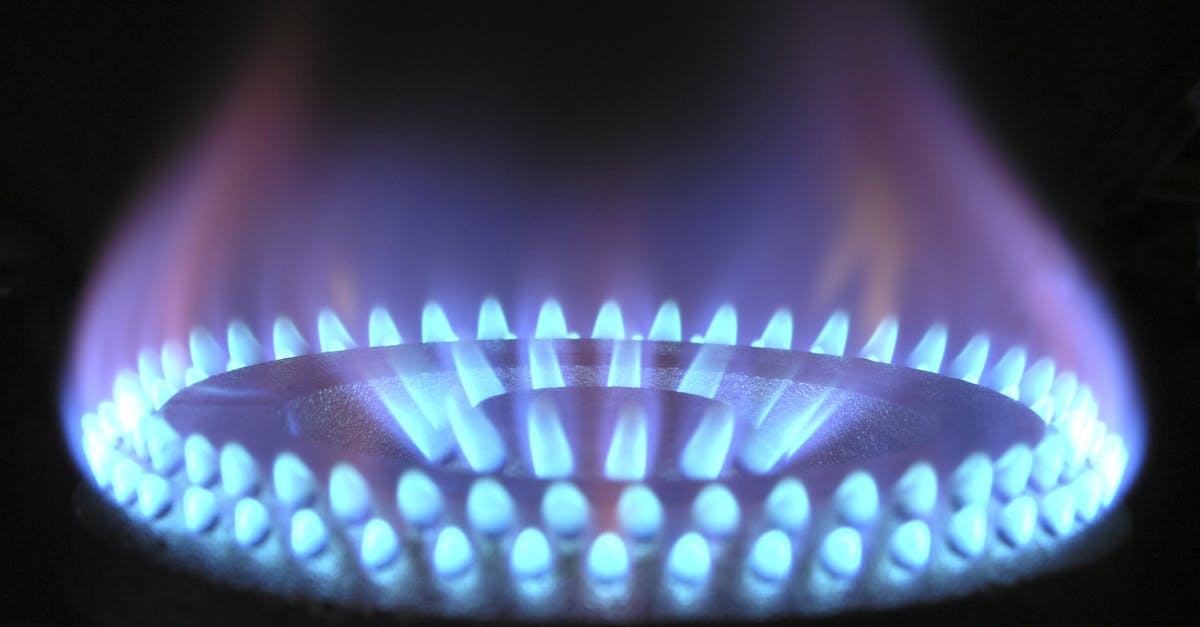Why did my flights make unscheduled fuel stops?

On 2 occasions about 20 years ago my trans-Atlantic flights made unscheduled fuel stops. Once from NY to Europe (Geneva IIRC), it stopped in Shannon, Ireland and once from Europe (Brussels IIRC) to NY it stopped in Bangor, Maine. On both occasions they announced that there would be no disembarking allowed during the stop.
I've always wondered... why would they not load the plane with enough fuel in the first place to make it to the destination? Doesn't the airline have to pay a lot just for landing fees so that they would want to avoid an unscheduled stop? I always wondered that perhaps there was something else going on besides needing fuel. Anyone with knowledge of this?
Best Answer
I think it depends what you mean by "unscheduled".
These days airlines usually have a very good idea of how much fuel will be needed for a particular flight, given the load of the aircraft, weather, prevailing winds, expected delays, and so on. However, as these factors vary from day to day, it may sometimes happen that the required amount of fuel is more than the plane is able to carry. The limit is usually not the capacity of the fuel tank, but rather the weight of the fully loaded and fueled plane.
If this happens, an extra stop will be planned. Normally this would be known well in advance of takeoff and included as part of the flight plan, and announced to the passengers ahead of time. (The one time this happened to me, about a year ago, they announced it at the gate, and estimated how much it would delay our arrival.) The usual term for this is a "tech stop".
Of course if this happens a lot on a particular route, the airline would probably want to switch the route to a different type of aircraft with a longer range, if they can. But it may be that the airline doesn't have such an aircraft, or they are needed for other routes, or for some other reason it wouldn't be cost-effective. But the occasional tech stop would probably be taken in stride.
The other possibility is that the flight takes off expecting to be able to reach its destination without a stop, but along the way the pilots discover that they will need to land somewhere else due to having used more fuel than expected. Such an unplanned landing is called a "diversion". This should be much more rare, as fuel planning is usually quite accurate and includes a sufficient buffer to account for the unexpected. Diversions happen more often when weather at the destination airport degrades to the point where a safe landing is not possible.
Pictures about "Why did my flights make unscheduled fuel stops?"



Why do planes stop to refuel?
Lighter airplanes need less fuel, and that can sometimes work. But it also means kicking people off, so it's not the best plan when flights are so full. Instead airlines usually opt to stop and gas up the aircraft somewhere along the way.What does it mean when a flight has two stops?
A direct flight in the aviation industry is any flight between two points by an airline with no change in flight numbers, which may include one or more stops at an intermediate point(s). A stop may either be to get new passengers (or allow some to disembark) or a technical stop over (i.e., for refuelling).What does it mean when a flight has one stop?
For one stop no plane change you only get one boarding pass. Depend on how long you have to wait at the stop. First you have to wait for all passengers get out the plane and then the flight attendant will count number people stay at the plane for the next flight to make sure it matched with their record.What is a ghost flight?
(CNN) \u2014 In the early days of the pandemic, when demand for air travel abruptly flatlined and international borders closed, "ghost flights" became a common phenomenon. These were empty or near-empty planes traversing the skyline as airline schedules kept to their contractual obligations to fly.LOW FUEL situation in the Airplane ? 3 Things pilot needs to do. ⛽
More answers regarding why did my flights make unscheduled fuel stops?
Answer 2
Another anecdotal story to contribute to other answers - my mother was taking a transatlantic flight a couple of years ago, and the departure was delayed for whatever reason.
She was flying Air Canada to Toronto, the scheduled flight was ~10 hours, and the delay was 4 hours. Apparently, in Canada it is forbidden for a pilot to stay on the job for more than 12 hours. They landed in Nova Scotia, and there was a replacement crew waiting for them there.
So its not just winds and fuel, its also the labor laws that can contribute to that as well.
Answer 3
If it is "too far" between origin and destination on a particular route, planes may make scheduled "technical stops" in between for refueling.
What does a technical stop mean in air travel?
There are times when unexpected contingencies (weather, crowding, etc.) make the destination "too far" for the plane's fuel supply (even though this usually isn't the case). In such cases, a plane may need to make an UNSCHEDULED "technical stop" for refueling.
Such stops are "inconvenient." But far preferable to the alternative.
Answer 4
Also, if the aircraft is changed for a smaller one (the airlines company needs to operate the original aircraft on a different destination) then regulations require a fuel-stop according to the type of aircraft and amount of passengers. But this information will never be revealed to passengers.
Sources: Stack Exchange - This article follows the attribution requirements of Stack Exchange and is licensed under CC BY-SA 3.0.
Images: Mike, Quentin Tricoire, Yan Krukov, Pixabay
